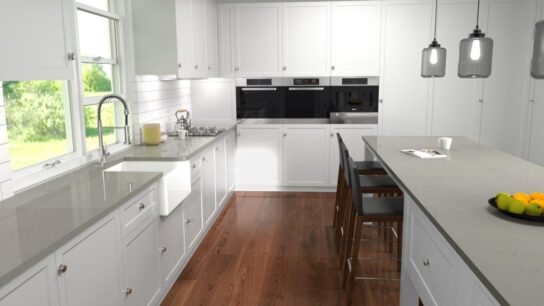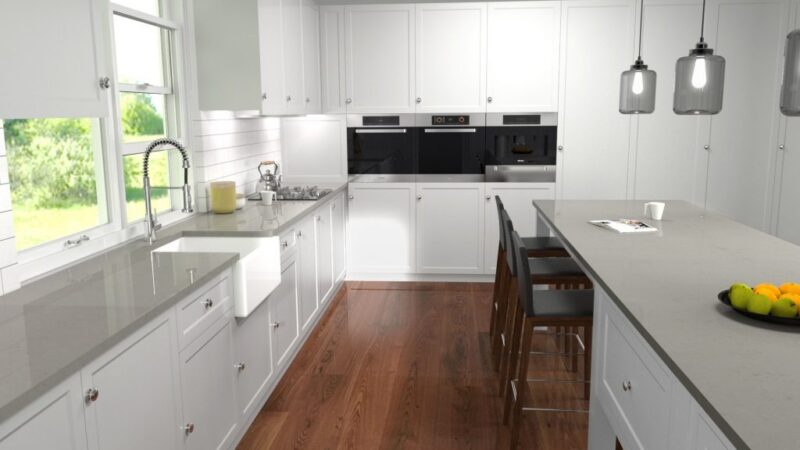Q235 Carbon Steel and Q235 Steel Plate are widely recognized materials in various industrial applications, particularly in construction and manufacturing. Known for their excellent mechanical properties and cost-effectiveness, these steel products are often used in projects where strength, flexibility, and durability are crucial. This article will explore the benefits, limitations, and applications of Q235 Carbon Steel and Q235 Steel Plate, shedding light on why they are such popular choices in diverse industries.
What is Q235 Carbon Steel and How is it Used?
Q235 Carbon Steel is a type of carbon structural steel used primarily in construction and industrial manufacturing. Its composition includes carbon (C), manganese (Mn), and silicon (Si), making it a low-carbon steel. The most prominent feature of Q235 Carbon Steel is its balance between strength and flexibility, making it a versatile material for various projects.
From bridges and buildings to vehicle parts and machinery, Q235 Carbon Steel is integral in industries that demand materials with high tensile strength and the ability to withstand external stress.
Properties of Q235 Carbon Steel
The key properties of Q235 Carbon Steel include its excellent weldability and strong corrosion resistance. It can be easily formed into various shapes, making it ideal for both structural and load-bearing applications. Moreover, Q235 Carbon Steel is suitable for both cold and hot rolling processes, allowing it to be used in diverse manufacturing processes.
Why Choose Q235 Steel Plate for Industrial Applications?
Q235 Steel Plate is a flat steel product made from Q235 Carbon Steel. The steel plate is available in different thicknesses, which can be customized depending on the specific requirements of a project. It is often preferred for industrial uses because of its balance between strength and cost.
Applications of Q235 Steel Plate in Construction and Manufacturing
One of the primary uses of Q235 Steel Plate is in construction. Builders use it for structural support in buildings, bridges, and other infrastructure projects. Its durability and ability to withstand heavy loads make it a popular choice for creating foundations and load-bearing elements in large structures.
In the manufacturing industry, Q235 Steel Plate is commonly used in making parts for machinery, industrial equipment, and even vehicle components. The flexibility of Q235 Steel Plate also makes it suitable for use in shipbuilding, where it provides a strong yet adaptable material for hulls and other critical components.
Benefits of Using Q235 Carbon Steel and Q235 Steel Plate
Using Q235 Carbon Steel and Q235 Steel Plate offers several advantages, especially for industries that require durable, flexible, and cost-effective materials. Some of the main benefits include:
1. High Strength and Durability
Q235 Carbon Steel and its steel plate version are known for their strong tensile properties, allowing them to bear heavy loads without cracking or breaking. This makes them ideal for construction and heavy-duty manufacturing.
2. Excellent Weldability
Q235 Steel Plate can be welded without the risk of developing cracks. This feature is essential in industries like shipbuilding and machinery manufacturing, where large structures need to be securely joined.
3. Cost-Effective Solution
Q235 Carbon Steel is relatively inexpensive compared to other steel grades with similar properties. This makes it an economical choice for large-scale industrial projects that need materials in bulk.
4. Versatility in Applications
Whether used in its raw form as Q235 Carbon Steel or processed into Q235 Steel Plate, the material is versatile enough to meet the demands of different industries. From building frameworks to machinery parts, the uses are nearly endless.
Limitations of Q235 Carbon Steel and Q235 Steel Plate
While Q235 Carbon Steel and Q235 Steel Plate offer many advantages, they also have some limitations that industries should consider:
1. Lower Carbon Content
Because Q235 Carbon Steel has lower carbon content, it is not as strong as high-carbon steels. For applications requiring extremely high tensile strength, another material might be more appropriate.
2. Corrosion Vulnerability
Although Q235 Carbon Steel has some resistance to corrosion, it is not as corrosion-resistant as stainless steel. When exposed to harsh environmental conditions, such as saltwater or acidic environments, it may require additional protective coatings.
3. Not Ideal for Extreme Temperatures
Q235 Carbon Steel may not perform as well under extremely high or low temperatures compared to other steel types. In applications where temperature fluctuations are frequent, industries may need to look for alternative materials.
(FAQs)
1. What is Q235 Carbon Steel made of?
Q235 Carbon Steel is composed primarily of carbon, with trace amounts of manganese and silicon. It is a low-carbon steel, making it easier to weld and form.
2. Can Q235 Steel Plate be used for outdoor structures?
Yes, Q235 Steel Plate is often used for outdoor structures, but it may require protective coatings to prevent rust and corrosion over time.
3. What is the difference between Q235 and Q345 steel?
Q235 has a lower carbon content and tensile strength compared to Q345. Q345 is generally used for applications that require higher strength and load-bearing capacity.
4. Is Q235 Carbon Steel easy to weld?
Yes, Q235 Carbon Steel has excellent weldability, making it a preferred material for projects that require welding or joining of steel components.
5. What are the common uses of Q235 Steel Plate?
Q235 Steel Plate is commonly used in construction, shipbuilding, machinery manufacturing, and vehicle parts. It provides structural support and durability for a wide range of industrial projects.
Conclusion
Q235 Carbon Steel and Q235 Steel Plate are popular materials in construction and industrial manufacturing due to their balance of strength, flexibility, and affordability. They are suitable for a variety of applications, from building foundations to machinery parts, and provide excellent weldability and durability. However, industries must also consider the material’s limitations, such as its lower resistance to extreme temperatures and corrosion. By understanding the properties and uses of Q235 Carbon Steel and Q235 Steel Plate, industries can make informed decisions about when and how to incorporate these materials into their projects.



